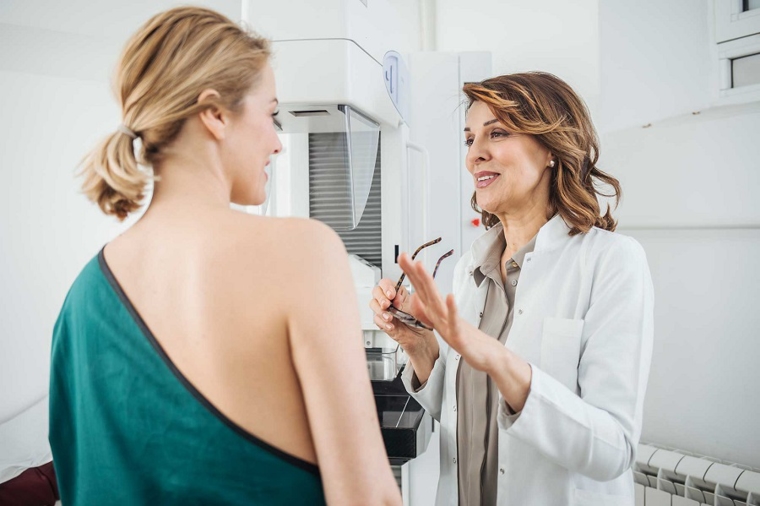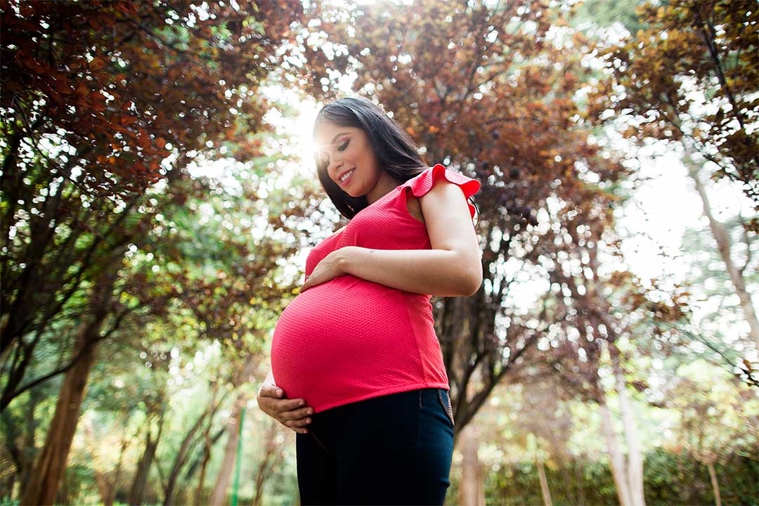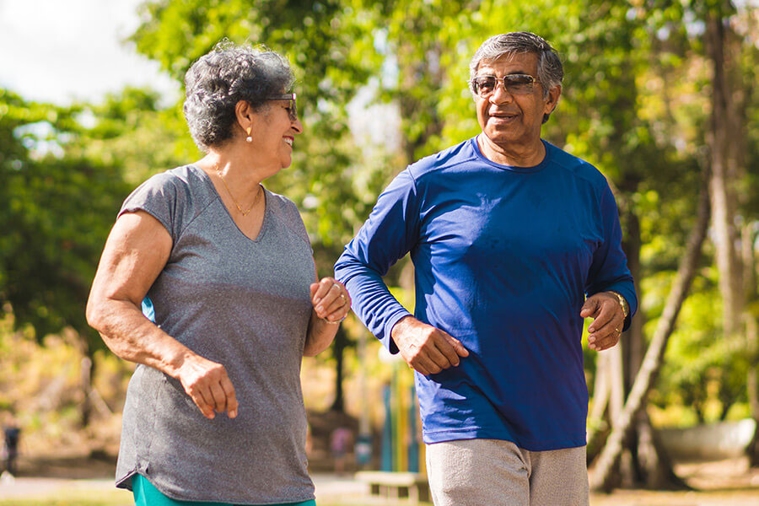
The advantages of 3D mammography
Too many of us have either had or know someone who's battled breast cancer. In healthcare, doctors are fighting back against the disease with advances in treatments, research and technology.
One of the most recent advances in technology is breast tomosynthesis, also known as 3D mammography. While 2D digital mammography is still the standard screening method for breast cancer, there are some benefits to leveling up.
What's a 3D mammogram?
3D mammography uses low-dose x-rays to take multiple cross-sectional pictures of the breast. These pictures are then “synthesized” into one image that offers a detailed look inside the breast.
Let's look at the advantages of 3D mammograms.
Less discomfort
For women getting a 3D rather than a 2D mammogram, there’s only one major difference in the process: Instead of having to go through two separate breast compressions during the mammogram, you only need one.
In a conventional 2D mammogram, two x-ray images are taken of the breast: One from top to bottom and another angled side to side. The woman is required to move her breast into position under the compression paddle for each of these different images.
With 3D mammography, it’s the machine that moves. It rotates in an arc around the compressed breast, capturing multiple images from different angles. So only one compression per breast is required. For some women, this is a more comfortable experience.
Fewer call-backs
But comfort isn’t the only advantage to 3D mammography. It has been shown to improve accuracy and reduce false positive rates for women. That means fewer call-backs and follow-up tests. Call-backs occur when the radiologist has questions about the images and women are called to come back for additional pictures.
Better for dense breast tissue
3D mammography may be a more accurate way of screening dense breasts. On a standard 2D mammogram, it’s more difficult to see an underlying cancer in women with dense breasts. It’s easier when using a 3D mammography unit.
Wondering how you know if you have dense breasts? That's a conversation all women should have with their doctors. Breasts are made up of glandular, connective and fatty tissues. They're considered dense if they have a lot of glandular and connective tissues and not much fatty tissue. About half of women over 40 have dense breasts.
If you have dense breasts, you and your doctor might consider 3D tomosynthesis. However, most women with dense breasts and an average risk of breast cancer don’t require 3D mammograms.
When should you get screened?
The best way to prevent breast cancer is to stay on top of your screenings. The American Cancer Society recommends that women at average risk of breast cancer start annual screening with mammograms at age 45. Women ages 40 to 44 can choose to begin getting mammograms every year if they so desire. Women can move to screening every two years starting at age 55, with an option to continue screening annually.
Not all medical facilities offer 3D mammograms. Talk with your doctor if you have questions about the best screening method for you.
3D mammograms are available at:
- Adventist Health Bakersfield
- Adventist Health Castle
- Adventist Health Clear Lake
- Adventist Health Howard Memorial
- Adventist Health Lodi
- Adventist Health Portland
- Adventist Health and Rideout
- Adventist Health Simi Valley
- Adventist Health Sonora
- Adventist Health St. Helena
- Adventist Health Ukiah Valley
Stay by her side
When someone we love has breast cancer, it's hard to know what to do or say. But your support matters. Here's more information on how to support a loved one with breast cancer.



